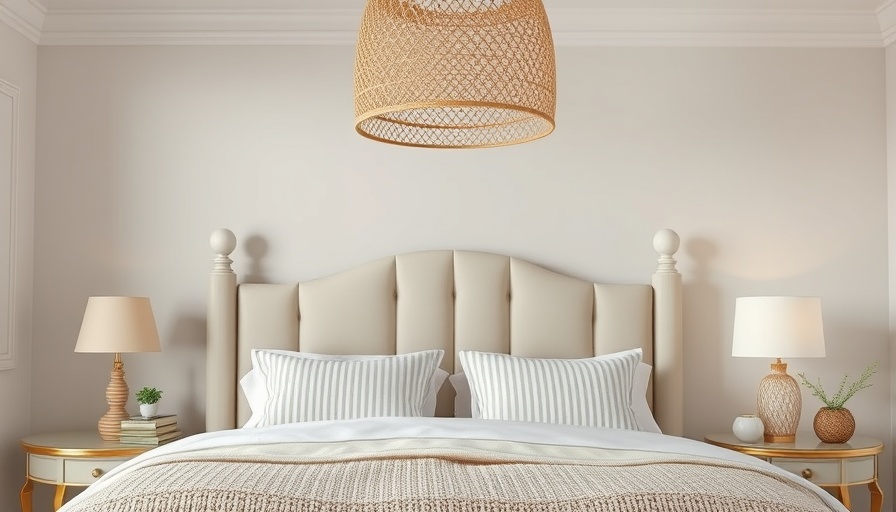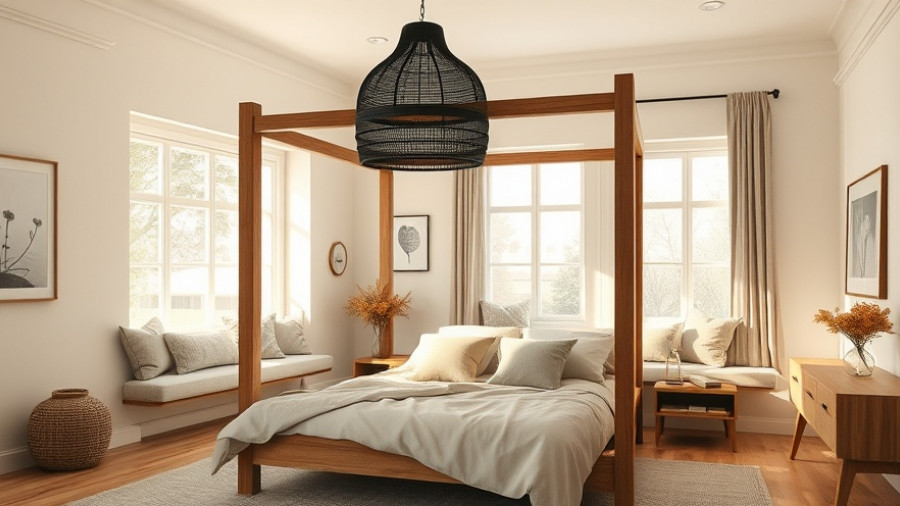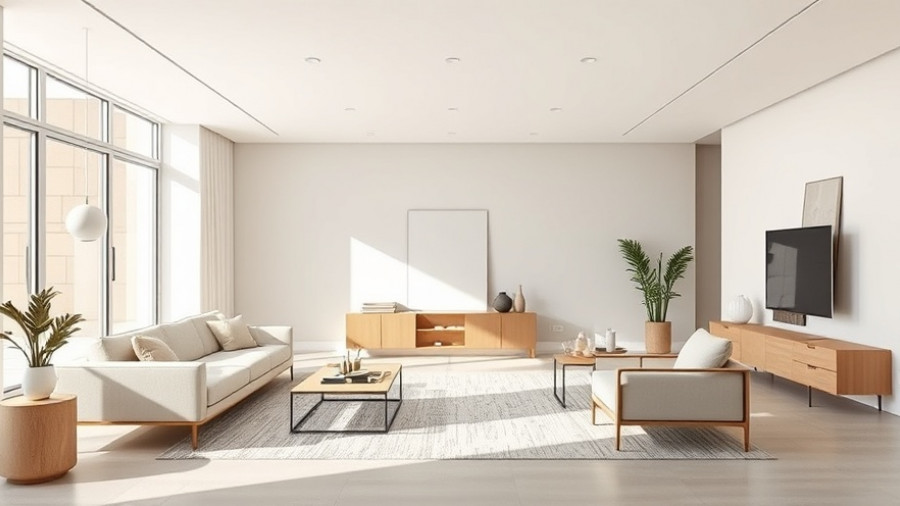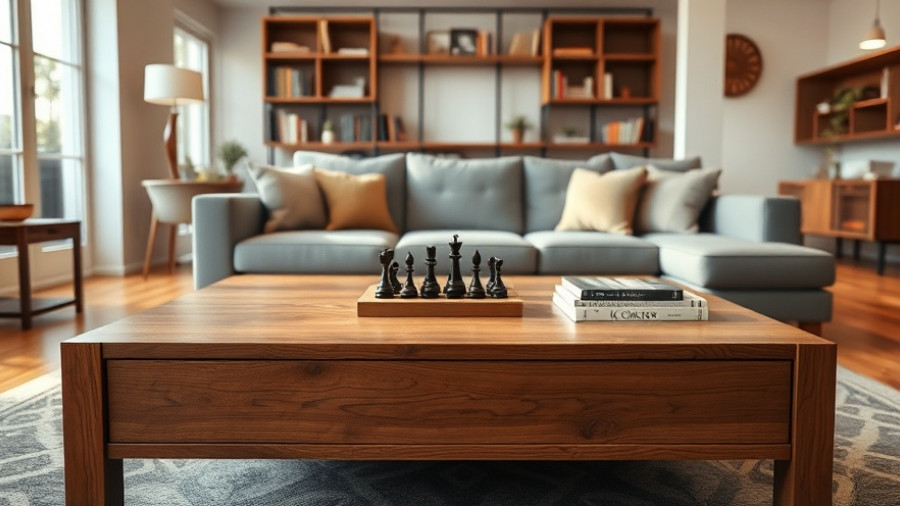
Finding the Perfect Paint Color for Your Bedroom
The quest for the perfect bedroom color can often feel like an endless tug-of-war—especially when deciding on a hue that complements existing furniture. A friend of mine recently sketched out her experience with painting her bedroom, where she had to consider factors like the color of her bed, the natural light filtering in, and the cozy atmosphere she wanted to create. Ultimately, this color decision embodies not just aesthetic appeal but also emotional well-being.
Why Blue Makes a Great Choice
Blue is often heralded as one of the most calming colors available. According to studies published by Psychology Today, the color blue can lower blood pressure and promote a sense of tranquility.
For instance, if you lean towards a peaceful setting, a soft hue like Morning at Sea can add depth without feeling overwhelming. On the other hand, a richer shade like Hague Blue would create an intimate setting, pairing beautifully with warm accents like brass fixtures and wooden furnishings. This versatility makes blue suitable for varied home decor styles, from coastal to modern, ensuring it will work in harmony with the existing elements in the room.
Consider the Lighting
One key aspect that homeowners frequently overlook is how natural light can drastically alter the perceived color of paint. For instance, Wales Gray may seem subdued during daylight but could take on a heavier tone at dusk. At the same time, lighter blues can help brighten a small space, making it appear larger and more open. Dew Drop, a light blue-gray, is particularly adaptable, creating an airy feel in sunlit rooms while providing a calming presence in lower light.
Comparing Shades: A Practical Approach
When faced with a wall full of blue paint swatches, it’s easy to feel overwhelmed. To navigate these decisions, here's a structured approach:
- **Observe the natural light:** Test different shades at various times of the day.
- **Consider the mood you wish to evoke:** Lighter colors feel airy and uplifting, while deeper hues create comfort and coziness.
- **Test tone:** A mid-tone blue balances both excitement and tranquility.
Mixing and matching blues, as suggested by Color Psychology, can elevate your bedroom into a personal sanctuary that reflects your unique style while ensuring you get the restorative sleep you deserve.
Testing It Out
Once a few favorites are selected, don't forget to paint samples on your walls! The recommendation is to see how they perform at different times throughout the day. Getting firsthand experience allows you to witness the nuances in how the paint interacts with your space, as you may discover unexpected surprises.
Interestingly, technology can lend a hand, offering apps that visualize paint colors in your spaces. Even AI tools like ChatGPT can help color visualizations and placements create a more informed decision before you pick up that brush!
Conclusion — Start Your Decorating Journey
Choosing your bedroom paint color doesn't just influence how it looks; it can deeply affect how you feel in your space. By opting for soothing shades and considering the nuances of light and furniture, you can create a room that echoes your personal style while enhancing relaxation. So, why not start your journey today? After deciding on a hue, consider reaching out to a professional painter to help you turn your vision into reality.
 Add Row
Add Row  Add
Add 




Write A Comment